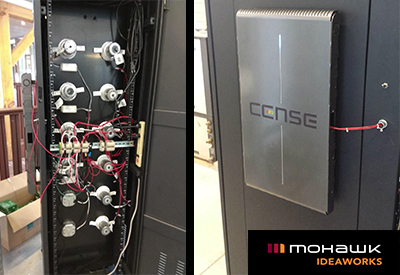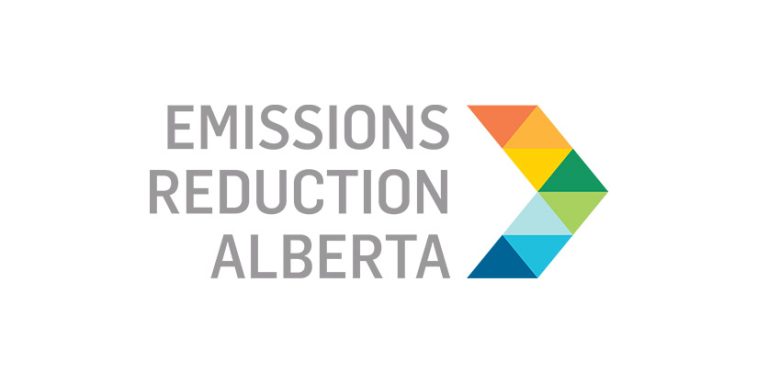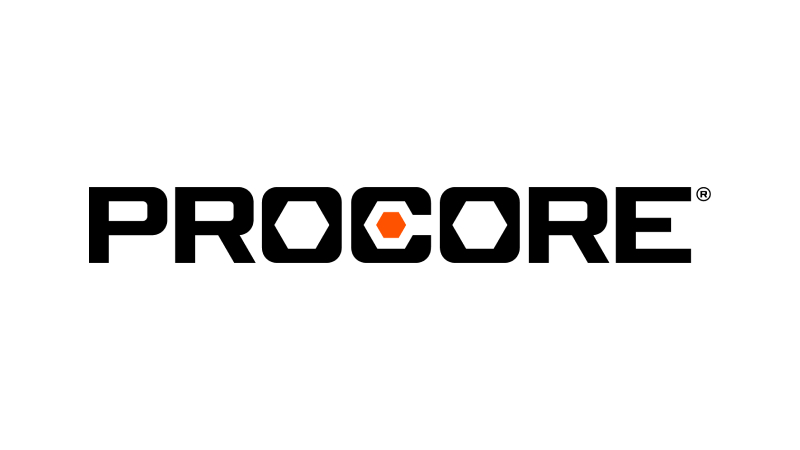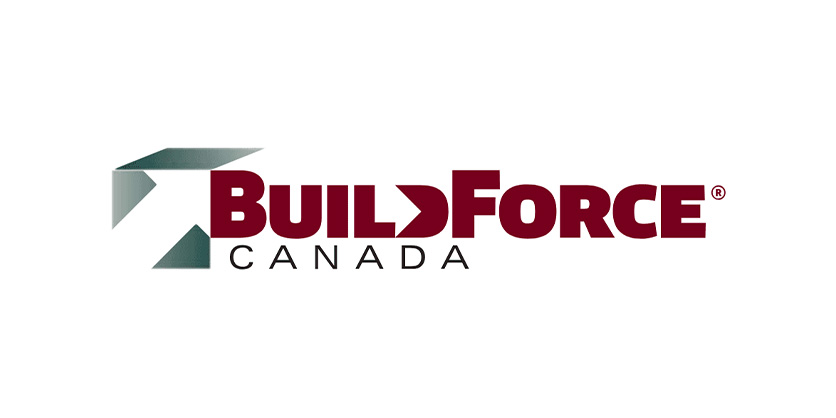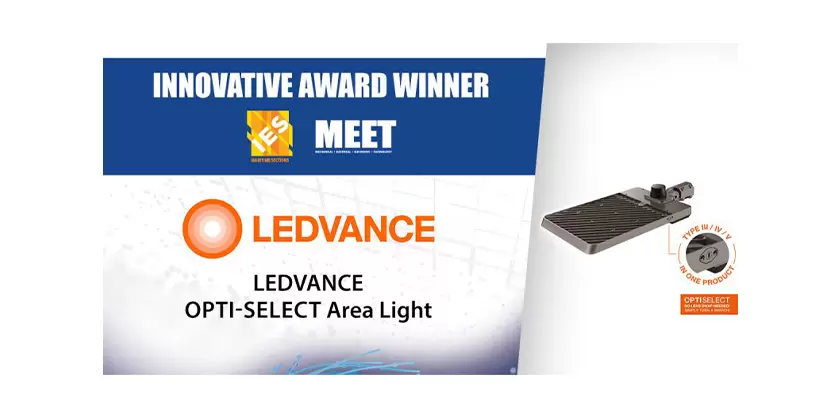Guide to the Canadian Electrical Code, Part 1[i], 25th Edition– A Road Map: Diagrams and Appendices
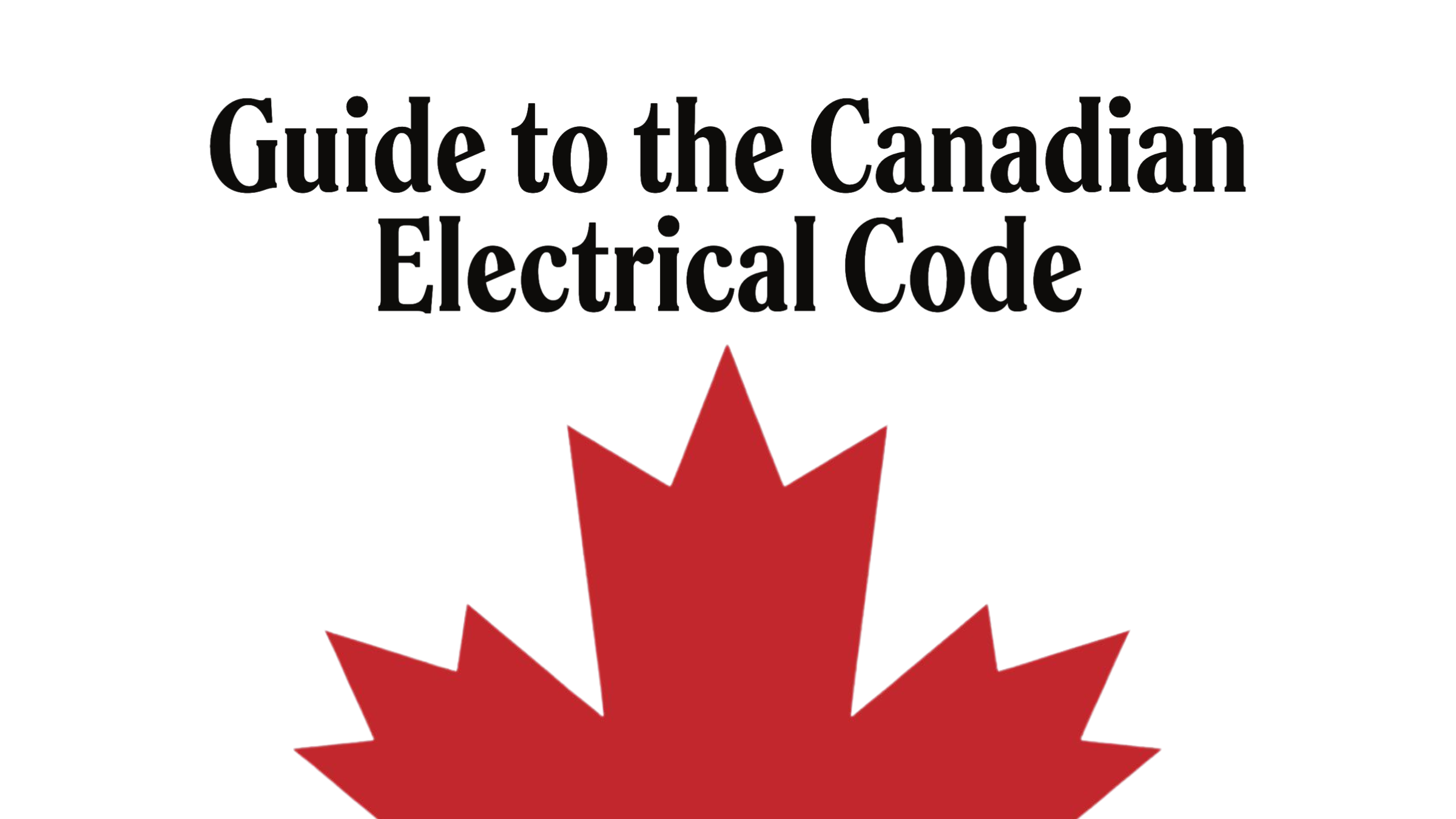
June 8, 2023
By William (Bill) Burr[i]
The Code is a comprehensive document. Sometimes it can seem quite daunting to find the information you need quickly. This series of articles provides a guide to help users find their way through this critical document. This is not intended to replace the notes in Appendix B or the explanations of individual requirements contained in the CEC Handbook** but will hopefully provide some help in navigating the Code.
This discussion of the Diagrams and Appendices is based on the 25th edition.
The Diagrams Section of the Code contains 10 diagrams that illustrate essential information that is referenced by various Rules of the Code. Diagrams referenced by Rules are considered normative (mandatory) elements of the Code.

Diagram 1, which is referenced by Rules 26-700, 26-720, 26-744, 38-023, 58-400, 78-052, 78-102, and 86-306, as well as Diagram 2, and Appendix B, provides face illustrations for the CSA configurations for non-locking receptacles based on nominal voltages and amperages.
Diagram 2, which is referenced by Rules 12-020, 26-700, 78-052, 78-102, and 86-306, as well as Diagram 1, and Appendix B, provides face illustrations for the CSA configurations for locking receptacles based on nominal voltages and amperages.
Diagram 3, which is referenced by Rule 14-102 and Appendix B, illustrates the ultimate point of conductor de-energization of a faulted circuit, downstream from the point or points marked with an asterisk.
Diagram 4, referenced by Rule 20-302 (2), illustrates the extent of the Zone 2 hazardous location from the open face of a paint spray booth.
Diagram 5, referenced by Rule 20-302, illustrates the extent of the Zone 1 and Zone 2 hazardous locations for spraying operations not conducted in spray booths.
Diagram 6, referenced by Rule 20-302 (7), illustrates the extent of the Zone 1 and Zone 2 hazardous locations for spraying operations not conducted in spray booths, but with the ventilation system interlocked with the spraying equipment.
Diagram 7, which is referenced by Rule 20-034 and Part B of Table 63, illustrates the extent of the Zone 1 and Zone 2 hazardous locations for tank vehicle and tank car loading and unloading.
Diagram 8, which is referenced by Rule 20-034 and Part E of Table 63, illustrates the extent of Zone 1 and Zone 2 hazardous locations for pumps, vapour compressors, gas-air mixers, and vaporizers outdoors, in the open air.
Diagram 9, which is referenced by Rule 20-034 and Part J of Table 63, illustrates the extent of Zone 1 and Zone 2 hazardous locations for container filling outdoors in the open air.
Diagram 10, which is referenced by Rule 20-302 (3), illustrates the extent of Zone 2 hazardous locations adjacent to openings in a closed spray booth or room.
The Appendices Section of the Code contains both normative (mandatory) and informative (non-mandatory) appendices providing information associated with the Rules of the Code.
Appendix A – Safety Standards for Electrical Equipment, is a normative section and lists the standards used to certify electrical equipment to be “Approved” as defined in Section 0. Appendix A is periodically updated following Appendix C. The latest version of Appendix A is available on the CE Code, Part I Portal. Before the 25th (2021) edition of the Code, Appendix A contained a full listing of electrical equipment standards, but for the 25th (2021) edition of the Code, the contents of Appendix A were removed from the Code and posted online. The online version of Appendix A is updated quarterly. For the 26th (2024) edition, the full content of Appendix A will be reintroduced into the published Code, and the June 2023 version of Appendix A will appear in the next published edition of the Code.
The online version will continue to be updated quarterly, however, Appendix A published in the 2024 Code will remain static until the next edition is published in 2027.
Note that adopted international standards listed in this Appendix may include Canadian deviations, and compliance with them is required for implementation in Canada. Also note that CSA and other accredited Standards Development Organizations (SDOs) may publish new Canadian standards for electrical equipment, or periodically amend or publish new editions of standards listed in this Appendix, and they may be used for product approval purposes by accredited certification organizations. Under the mandatory procedures in Appendix C, the SDO publishing or amending a standard must notify the Project Manager of the Committee on Part I for distribution to the Committee.
Appendix B — Notes on Rules is an informative (non-mandatory) section of the Code that provides information and illustrations clarifying various diagrams, tables and rules.
Appendix C — Organization and Rules of Procedure is a normative (mandatory) section of the Code and outlines the structure of the Canadian Electrical Code, Part I Committee, Sub-committees, Executive Committee, and the Regulatory Authority Committee, as well as the operating procedures for developing the code. It includes:
- procedures for amendments to the Code, interpretations of the Code, and appeals, if procedures are not followed,
- the format and Rule terminology of the Code,
- procedures for inclusion of reference standards to Appendix A as noted above, a flow chart, and a declaration checklist,
- a standard form for subcommittee reports,
- a form to be used to request an amendment to the Canadian Electrical Code, Part I, and
- a guide to Subcommittee chairs for evaluation of proposals and Subcommittee reports.
Appendix D – Tabulated general information, is an informative (non-mandatory) section which provides 17 tables and 4 diagrams of tabulated general information.
Appendix E – Dust-free rooms, is an informative (non-mandatory) section and outlines the construction of dust-free rooms built adjacent to or as part of buildings that, by the nature of their use or occupancy, are subject to accumulations of particles of dust that may create a fire or explosion hazard and allows you to supplant the requirements of Appendix J for Class II and Class III hazardous locations.
Appendix F – Engineering guidelines, is an informative (non-mandatory) section and provides engineering guidelines for preparing descriptive system documents for intrinsically safe electrical systems and non-incendive field wiring circuits as referenced by Rules 18-002, 18-064, J18-002, and J18-064.
Appendix G – Electrical installations of fire protection systems, is an informative (non-mandatory) section that lists requirements related to electrical installations of fire protection systems that are not governed by Rules of the Canadian Electrical Code, Part I but are required by the National Building Code of Canada.
Appendix H – Combustible gas detection equipment, is an informative (non-mandatory) section that lists requirements and recommendations for combustible gas detection equipment for use in explosive gas atmospheres as referenced by Rules 18-068 and J18-066.
Appendix I – Interpretations, is an informative (non-mandatory) section and includes Committee interpretations of the Canadian Electrical Code, Part I that have been requested in writing to the Project Manager of the Committee on Part I. The form of a question must be such that it can be answered by a categoric “yes” or “no”. These interpretations are based on Rules in the 2018 Code, so Rule numbering and content in the 2021 Code may differ from the 2018 edition.
Appendix J – Class and Division system Installations, contains normative Rules and informative notes to Rules for additions, modifications, renovations to, or operation and maintenance of existing facilities employing the Class and Division system permitted by Rules 18-000 (3) 18-000 (4), 20-000 (2), and 20-000 (3). The Rules of Annexes J18, J20, JD and JTof this Appendix are normative (mandatory) and the notes and illustrations contained in Annex JB are informative (non-mandatory). Note: Annexes J18, J20, JD and JT, because of their length, will be discussed in future installments.
Appendix K – Extract from IEC 60364-1, is an informative (non-mandatory) section which is an extraction from IEC Standard 60364-1 Chapter 13. Chapter 13 of Section 131, outlines the Fundamental Principles to provide for the safety of persons, livestock and property against dangers and damage which may arise in the reasonable use of electrical installations, and is quoted in the second paragraph of the Object of the Code.
Appendix L – Engineering guidelines, is an informative (non-mandatory) section and provides engineering guidelines for determining hazardous area classifications in facilities where explosive atmospheres can occur, as required by Rule 18-004. This Appendix can be used as a guide to classify both the Zone system and the Class and Division system of hazardous locations.
Appendix M – Translated caution and warning markings, is an informative (non-mandatory) section and provides a chart of caution and warning markings translated from English into French.
In the next installment, we will be discussing Annex J18, of Appendix J.
[i] William (Bill) Burr is an associate member of the Canadian Electrical Code, Part 1, Technical Committee and formerly Chair of the Canadian Advisory Council on Electrical Safety (CACES), Chief Electrical and Elevator Inspector for the Province of BC & the Northwest Territories, Director of Electrical and Gas Standards Development and Director of Conformity Assessment at CSA Group. Bill can be reached at Burr and Associates Consulting billburr@gmail.com.
[i] Source: CSA C22.1:21, Canadian Electrical Code, Part 1 – Safety Standard for Electrical Installations. © 2021 Canadian Standards Association. Please visit Store – CSA Group or call 1-800-463-6727. With the permission of CSA Group, the material is reproduced from CSA Group standard CSA C22.1:21, Canadian Electrical Code, Part 1 – Safety Standard for Electrical Installations. This material is not the complete and official position of CSA Group on the referenced subject, which is represented solely by the Standard in its entirety. While use of the material has been authorized, CSA Group is not responsible for the manner in which the data are presented, nor for any representations and interpretations. No further reproduction is permitted. For more information or to purchase standard(s) from CSA Group, please visit Store – CSA Group or call 1-800-463-6727.


